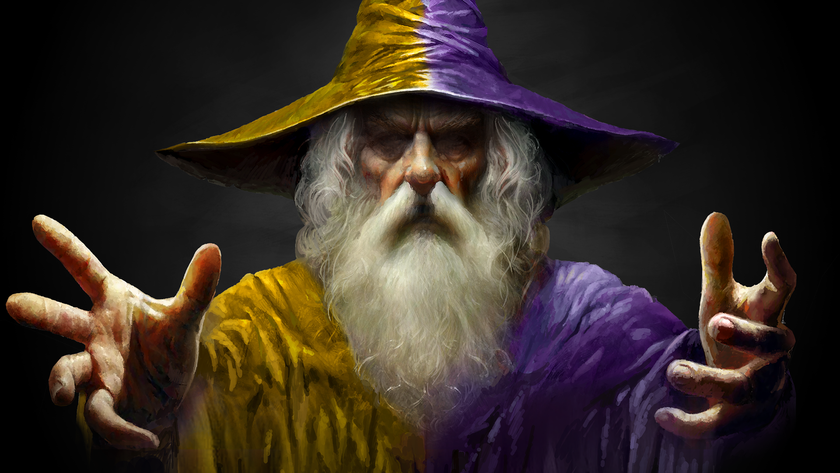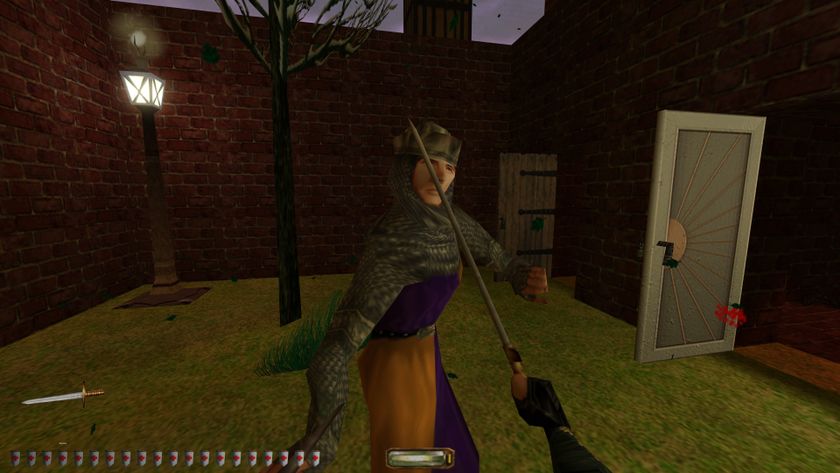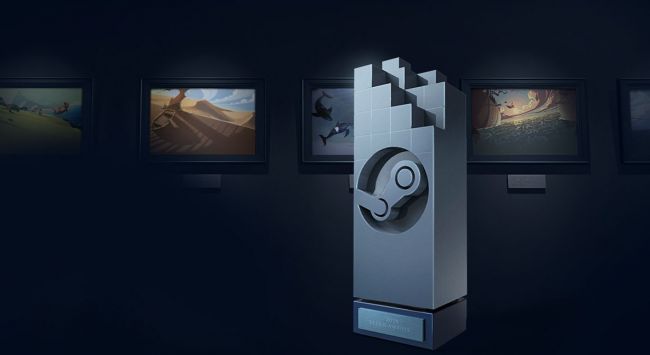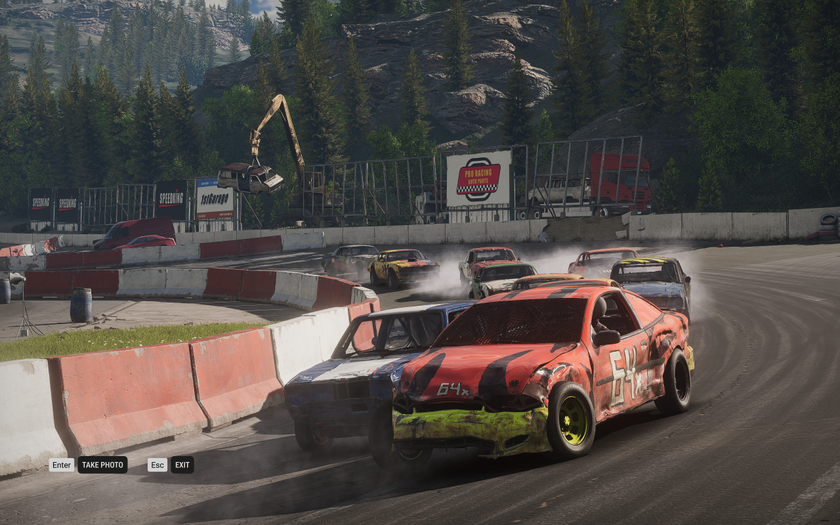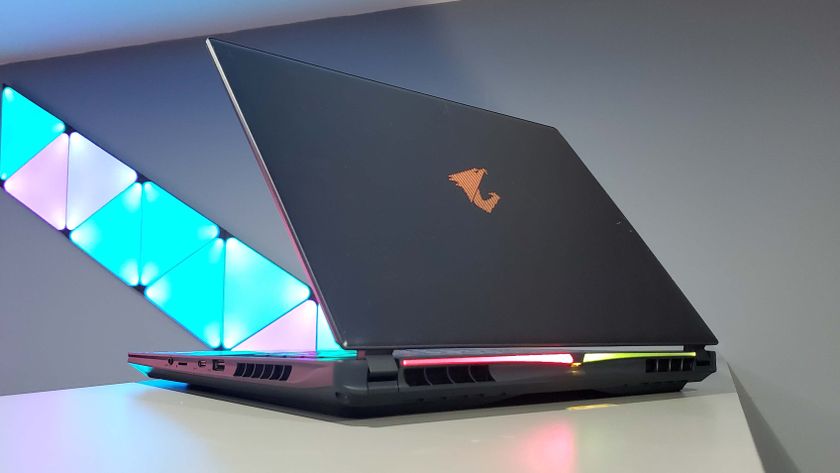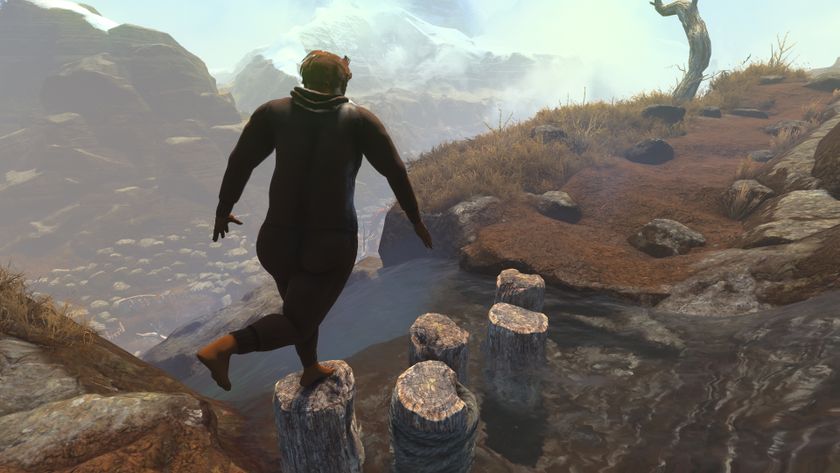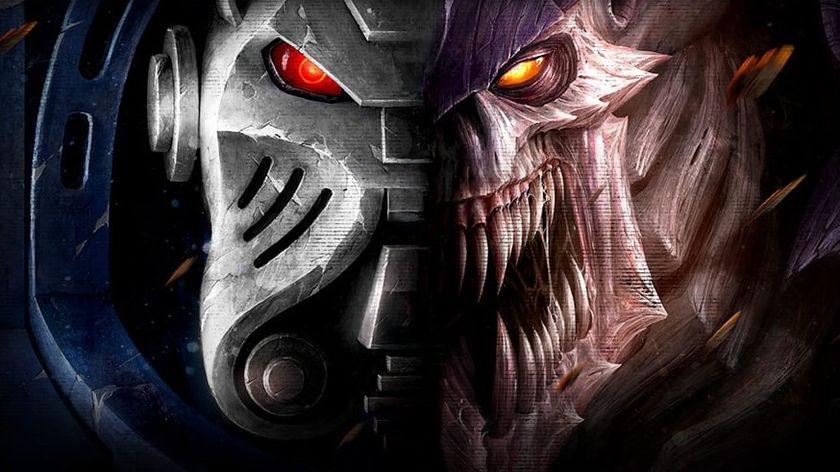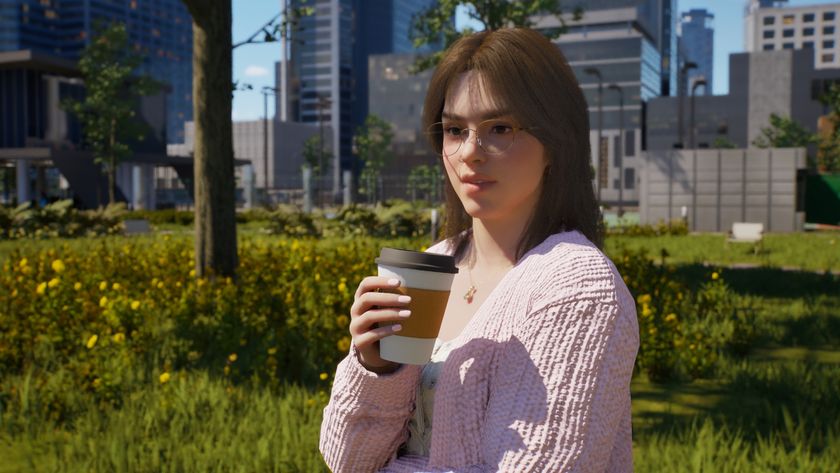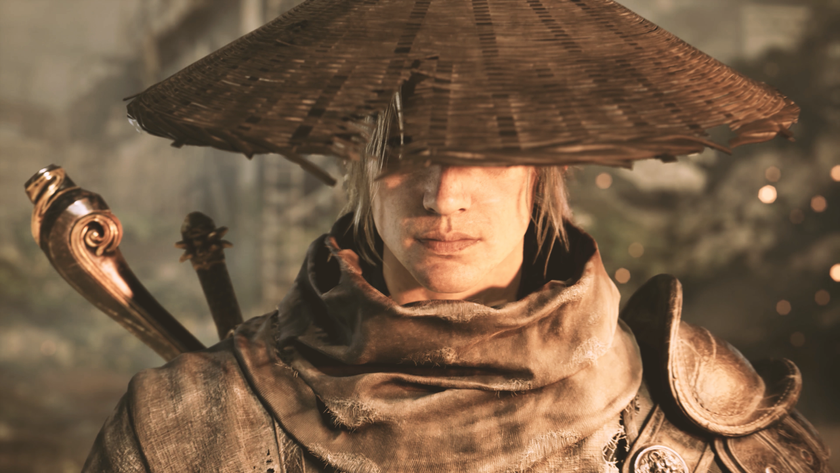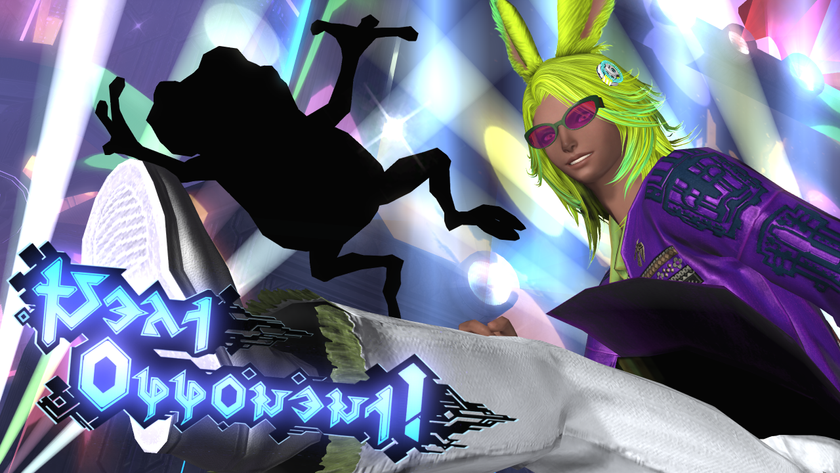How the braindance editor works in Cyberpunk 2077
Scanning for intel, switching layers, controlling the camera, and everything else you need to know about the Cyberpunk 2077 braindance editor.
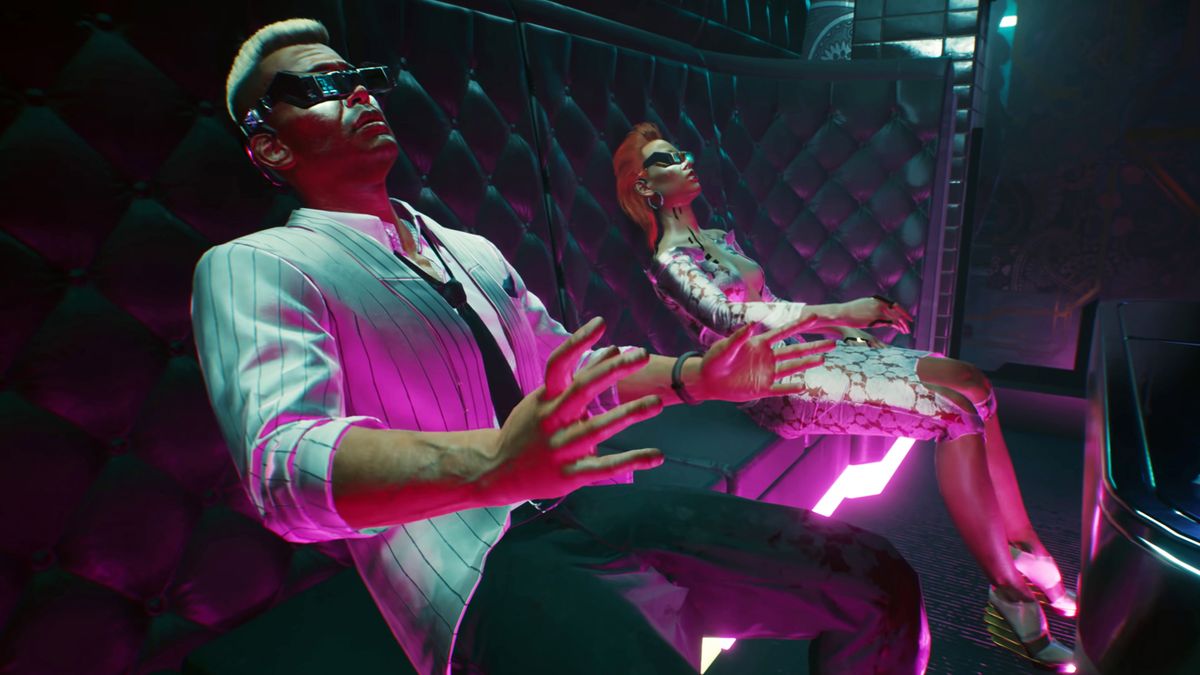
Want to know more about the Cyberpunk 2077 braindance editor? Braindancing is a common form of entertainment in the dystopian Night City. Imagine virtual reality, but taken to the next level. You don't just see and hear things in a braindance; you feel them too. As you might expect, pornography is one of the most popular kinds of braindance. But there are many others, including illegal BDs sold on the black market that let users experience all kinds of twisted things—including dying. Creepy.

Cyberpunk 2077 lifepaths
Cyberpunk 2077 romances
Cyberpunk 2077 endings
Cyberpunk 2077 mods
Cyberpunk 2077 cheats
Early on in Cyberpunk 2077, main character V teams up with a braindance expert called Judy Alvarez, who teaches them how to edit BDs. This forms the basis of a mode similar to the detective sections in the Batman: Arkham games, where you scrub through a 3D recording of a past event to look for clues. It's also similar to the scene in Blade Runner where Deckard uses the ESPER machine to move around inside a seemingly 2D photograph.
You'll spend a lot of time looking for intel in Cyberpunk 2077's braindance editor, including as part of your first major mission, a daring heist on the Arasaka corporation. V uses a BD recording of an Arasaka executive's penthouse to locate a valuable item, which is trickier than it first seems.
But how does it actually work? Here's a rundown of the main features of the game's neat braindance system, including using the free-roaming camera to hunt for sneakily hidden clues, switching between the visual, audio, and thermal layers, and why it pays to be as nosy as possible in a braindance.
Ahead of the big Cyberpunk 2077 2.0 update and Phantom Liberty expansion, we've updated this guide to ensure you're ready to rock, Silverhand.
Cyberpunk 2077 braindance guide: 8 tips to help you
Play the whole BD first
You can dive into the editor at any time, but the best thing to do in any braindance is watch the whole thing through first. This will show you whichever event you're currently experiencing through the eyes of the person who recorded it. Here you can take a mental note of anything you want to investigate further when you enter editing mode. For example, if you spot someone in the background using a phone, that's something you might be able to extract some important information from later.
Using the camera
When you activate the braindance editor, you're no longer locked to the subject's viewpoint and can move the camera freely in the scene. There's a catch, though: you can only move the camera so far away from the person recording. If they walk to the other side of the room, the area where they were previously standing will become fuzzy, and you won't be able to pick out any details. Carefully watching where the subject moves (and the things they move past) is key to locating valuable intel in a braindance.
The biggest gaming news, reviews and hardware deals
Keep up to date with the most important stories and the best deals, as picked by the PC Gamer team.
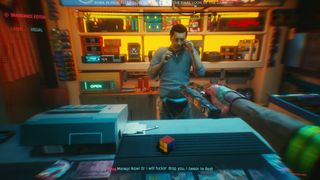
Scrubbing through the BD
A timeline at the top of the screen shows where you currently are in a braindance, and you can freely rewind and fast forward through the clip with it. If you've ever used a Blu-ray player or watched a YouTube video, this won't be hard to grasp. However, note that when you reach a section of the BD that has a point of interest, part of the timeline will be shaded. This lets you know the clue you're looking for (or something leading to it) is hiding in that particular part of the recording.
Switching layers
You'll also notice there are three layers on the timeline: visual, audio, and thermal. Braindance recordings capture a variety of data in a scene, and clues are often buried here. Hit the 'switch layer' button in the editor and you'll flick between these three layers, seeing or hearing the scene playing out in a very different way. Again, look out for the shaded part on each individual timeline, because this will let you know when you're close to stumbling on a piece of intel that will advance the braindance sequence.
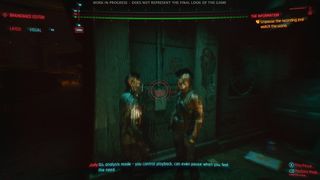
The visual layer
The visual layer is what you see in front of you. The thing you're looking for will sometimes be completely obvious, but in many cases you have to pay close attention to the environment to find hidden details. For example, a character in a BD recording might open a drawer for a split second, revealing a tablet you can hack, which is easy to miss. Remember you can move the camera anywhere in edit mode, because some of these clues can be very well hidden.
The audio layer
Switch to the audio layer and you'll see green sound waves emanating from various sources around the scene. Sometimes these are unrelated to the task at hand, like the whirring of an air conditioning unit. But other times they can lead to useful intel, like someone having a conversation on a phone, or a voice in another room travelling through a vent. Hovering over one of these green audio sources will isolate whatever's making the noise, letting you hear it more clearly above the general din of the BD recording.
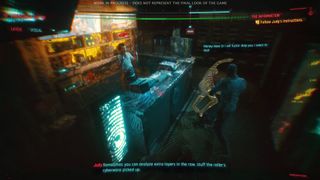
The thermal layer
Finally, there's the thermal layer, which has the effect of a thermal imaging camera. This picks up heat sources, including people's bodies, computers, and machinery. But it can also detect pockets of extreme cold, which comes in handy in an early mission when V is looking for a hidden object they know has to be stored at sub zero temperatures. You can't do much more than detect hot/cold sources in the BD editor, but the intel you find here can then be acted upon when you visit the filming location for real.
Scan everything
You do a lot of scanning in Cyberpunk 2077, especially when you're in the braindance editor. Say you pick up a phone call in the audio layer and you want to hear the person on the other end of the line. Scan the phone and you'll be able to hear them. You can also scan computers to download data, or access security cameras to get even more views of the scene you're analysing. If something's highlighted, scan it. Braindances often have optional, harder-to-find clues, which might help you in a mission later on.
If it’s set in space, Andy will probably write about it. He loves sci-fi, adventure games, taking screenshots, Twin Peaks, weird sims, Alien: Isolation, and anything with a good story.
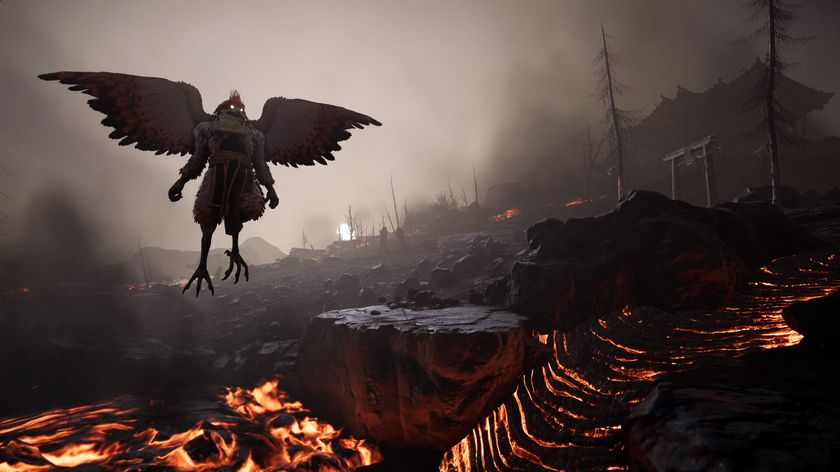
Tactical RPG Shadow Of The Road's open Alpha test lets players get a free first taste of its samurai versus steampunk setting
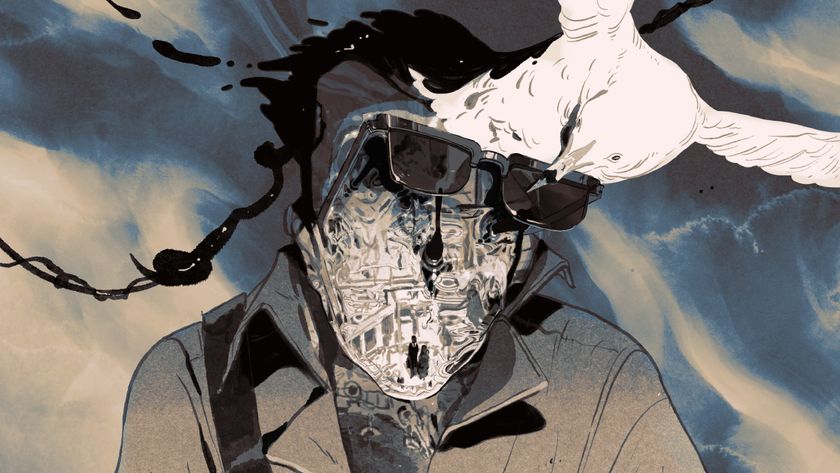
I've finally seen gameplay from ZA/UM's follow-up to Disco Elyisum, and it looks a lot like Disco Elysium. It will have to be spectacular to win back a hostile fanbase

